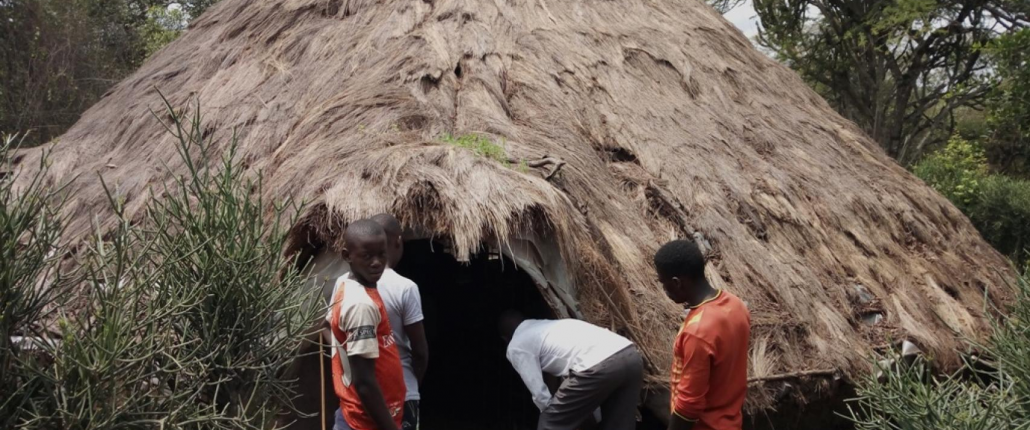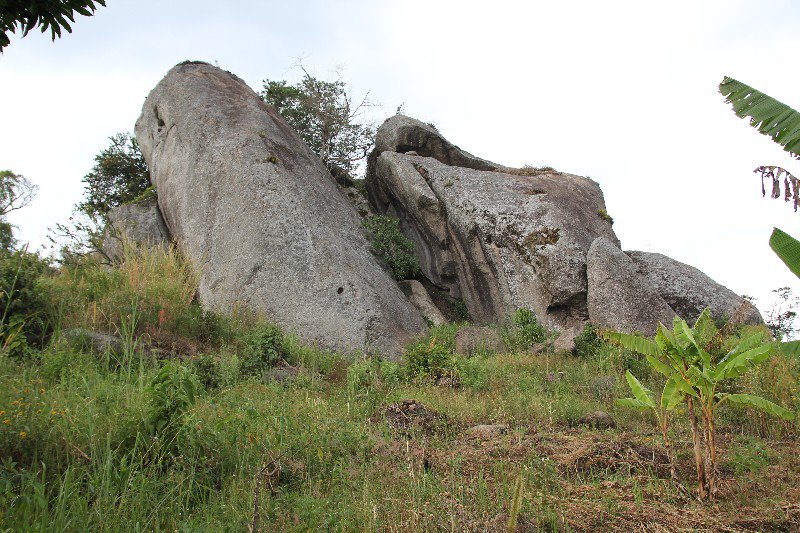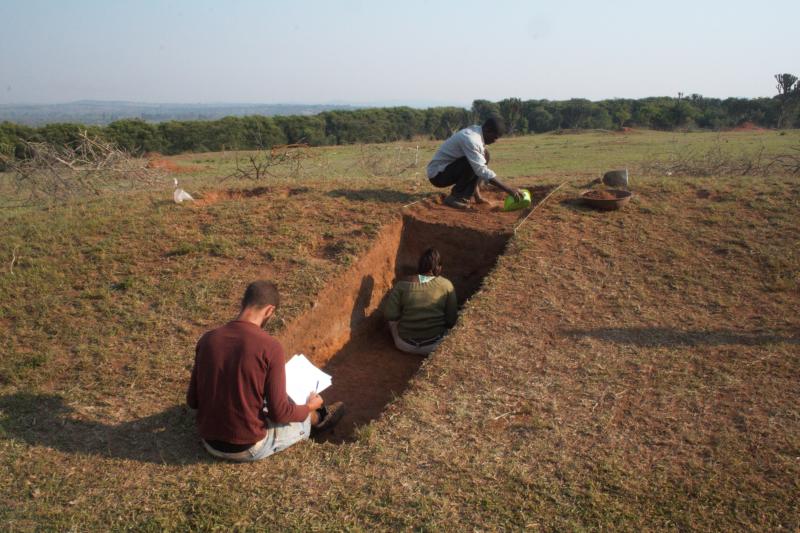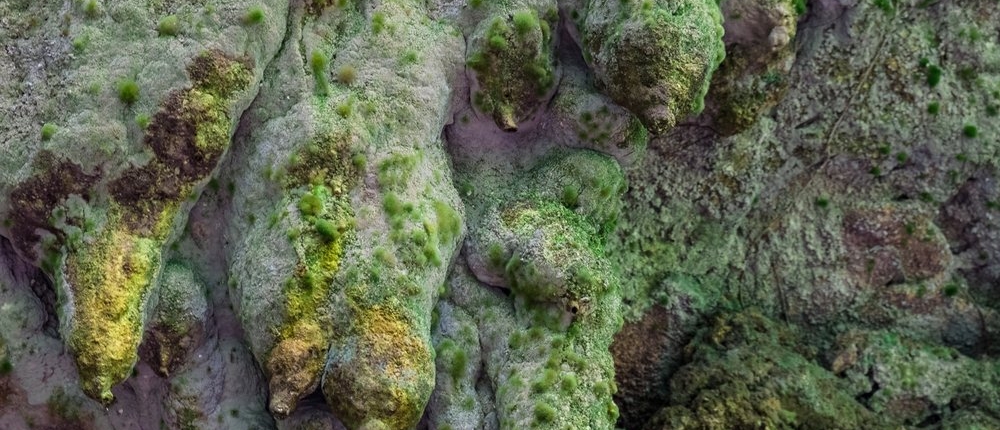Archeological Sites Uganda
Archeological Sites Uganda : One of Uganda’s tourist attractions are the archeological sites, these sites ara said to have been formed as a result of divine power and that is why they are treasured and among the major attractions.
Most of Uganda’s earthworks or Archaeological sites are associated with embankments constructed from the earth and rock removed from within the trench. These sites are evidence to the Uganda’s early historical activities that took place in early years and they still preserve pre-historical and current artifacts. In other words, they are the evidence of the Stone Age and the Iron Age.
Uganda has many archeological sites distributed in different parts of Uganda and they include the following
Bigo Bya Mugyenyi Archaeological Earthworks
Bigo Bya Mugyenyi Archaeological Earthworks is a series of archaeological earthworks of 10 square kilometers with an inner royal enclosure, this site is built on a small hill and is used to protect Mugyenyi’s cattle. Bigo Bya Mugyenyi features many ditches with some of them being as deep as 5 meters and are recognized to the most extensive and most extensive and most essential earthworks said to have been excavated by the Chwezi.

The chwezi people also known as the Bachwezi had a short-lived dynasty led by Ndahura and Wamala, according to the oral traditions. The Chwezi are associated with the introduction of the Ankole-watutsi – long horned cattle which came to dominate the economy of the Great Lakes Region.
A Bigo Bya Mugyenyi Archaeological Earthworks archaeological earthwork date to between the 14th and 16th centuries A.D and there are an outer trench system running around the ridge and joins the Katonga River banks on the north and south. The inner trench system is composed of 4 enclosures which open on the north and south.
Oral traditions suggest that the earthworks were set up the Chwezi so as to protect the Eastern extreme of the Chwezi Empire against the Luo upstarts from South Sudan. The king himself moved to Bigo and made it his capital, BigoByaMugenyi means “Fort of the Stranger”. It is said that Mugyeni, the Chwezi prince was responsible for excavating the earthworks.
Munsa Earthworks of Uganda
The Musa earthworks are recognsied as the second largest earthworks in Uganda, these earthworks consist of amaze of deep trenches which are said to have been constructed as defensive structures surrounding the Bikegete Hill. This hill is a prominent granite outcr. This hill is a prominent granite outcrop riddled with tunnels and caves.
The name Munsa is derived from the Runyoro expression Mu-ensa meaning “place of trenches” riddled with tunnels and caves.

The name Munsa is derived from the Runyoro expression Mu-ensa meaning “place of trenches”
Munsa is linked to the Chwezi and oral tradition basing on the archaeological evidence suggests that the earthworks and occupation at the Bikekete Hill dates back to the 14th century.
Archaeologists together with the traditional convention state that the ruler of Munsa lived within Bukekete Hill in a cave large enough to seat fifty people, it is also stated that the surrounding earthworks which are about 7 meter wide and 3 meters deep and excavated in a V shape were fortifications to protect the rocky royal stronghold and the v shape made the it difficult for attackers and enemies to cross.
According to the recent archaeological studies at Bukekete Hills, an intact clay furnace used for smelting iron, making glass beads was discovered. This suggested some trade link with the coastal Swahili, a royal burial was also discovered as one skeleton was found beneath a second inverted skeleton. According to customs, a king should be buried below one of his servant who was buried alive so that he could take care of his master.
Ntusi Earthworks
Ntusi Earthworks is a unique earthworks site different from all other networks as it lacks the ditch system, this site features a large basin surrounded by mounds often referred to as dams. Also there are other mounds elsewhere on this site, some of these mounds are older than the ditch systems at other earthwork sites. The Ntusi Earthworks also known as Ntusi Late Iron Age archaeological site is located in Southwestern Uganda.

The most notable of the mounds at Ntusi Earthworks site are known as the male and female, the name Ntusi means mounds in reference to several scraped depressions around the village and the largest of them is Bwogero depression of 20 meters deep. The depression lies 150 meters from the male mound, the depression is said to be a part of an extensive irrigation system of which traces exist today.
Excavations done at the Ntusi Earthworks have shown that mounds to be a massive pile of bones, pottery shards and other waste materials, they are substantial refuse heaps, deposited over 300 years during the first hald of the second millennium AD.
Semwama Hill Caves
Semwama Hill caves is a cave in western Uganda, south east of Bitegete in Kakumiro village, this flat-topped granite outcrop a network of shelters and caves that are traditionally held sacred by the local people. In the past, these caves provided refugee to the locals from the invaders.
Ebidongobo is the most accessible cave of all and it consists of 2 main chambers or waiting rooms which are sometimes used as an overnight shelter for cattle. Within these chambers lies an ancient Chwezi Shrine where offerings of seeds, leaves and straw are made and they can be seen, this cave is said to have been where Kateboha of Munsa once held council with his elders and advisors, sitting above them on the flat sab of stone in the main chamber.

From the opening of the cave, you can scramble up a succession of rock chimneys using rough ladders to get in one or two places, then a near-vertical rock face to the top of the hill.
Garama Cave – (For Underground Caving in Uganda)
Garama Cave is a 342 meters long and 14 meters deep cave found in Kisoro – Mgahinga national park, the cave lies beneath a plateau northern edge of the park and 3 kilometers from Ntebeko. Garama cave is set in the former farmland zone but in earlier days the cave lied in the forest when it was occupied periodically by Batwa who used the Cave as a council chamber and a retreat after raiding their neighbors.
The Batwa also known as the Twa people are the, most ancient inhabitants of interlacustrine Africa and are easily distinguished from other tribes in Uganda by their short stature
Garama Cave is the most ideal cave for underground caving in Uganda.
Nsongezi Rock Shelter- Stone Age Site
Nsongezi Rock Shelter is one of the most important Stone Age sites in Uganda, this rock shelter consists of a series of excavations that have yielded a large number of stratified pottery shards dating from around AD 1000 into the 19th century.
Nsongezi Rock Shelter is located along the Kagera River and is neigboured by Kansyoke Island which is also a late Stone Age Site.
Amabere Ga Nyinamwiru Caves
Amabere Ga Nyinamwiru Caves translated as “breasts of the mother of a slave” is located just a few kilometers west of Fort Portal Town, the cave is actively supported by stalactites and stalagmites which meet in the middle. According to the local traditional, who ever touches these formations will get lost in the caves or be visited y misfortune. The name Amabere ga Nyinamwiru refers to the alive stalactite formation that are shaped like a pair of breasts.

According to the old traditions, Nyinamwiru was the daughter of a king, she was so beautiful that no man could leave her alone and continuously plagued by marital proposals from unsuitable suitors. Bukuku – the king cut off Nyinamwiru breasts in hopes they would reduce her charms (breasts) but this was not enough to deter her admirers, eventually he hid her away in the caves. While in the cave, she was impregnated by the Tembuzi King, Isaza and gave birth to Ndahura – the future founder of the Chwezi dynasty. Since she lacked breasts, she fed the infant with cloudy limestone “milk” that drips from the breast – like stalactites.
Nyero Rock Paintings
Nyero Rock Paintings are the most suitable site to visit if you are interested in archeology or human prehistory, the site consists of painting of monochromatic consisting of either red or white. There are 3 discrete panel lying a few hundred meters of each other, the most most impressive of them is the second panel which covers 6 meter high rock face reached via narrow cleft between two immense boulders. There is at least 40 sets of red concentric circles that are partially or wholly visible on the front as one acacia pod, at the top right are the painting of 3 zebras.
The most strinking naturalistic figures on the panel are 2 large canoes of which one is about one and a half meter long and carrying people, group one is less elaborate – 6 sets of whote concentric circles as well as few acacia pods figure panel.

Nyero Rock paintings are said to be at least 300 years old and earlier, this rock site shares resemblance to rock paintings in Kaberamaido, Karamoja, Pallisa, Ngora, Kakoro, Obwin Rock, Nshenyi, Lolui Island (Lake Kyoga) and Dolwe Island (Lake Victoria).
In addition to the above mentioned archaeological sites, Uganda has other sites including Nyabingi Cult, Kibero Salt Gardens, Nakayima Tree, Sempaya Hot Springs, Kasubi Tombs, Mparo Tombs, Jinja Kaloli Caves, Ngarama Cave and Nyakasura Cave.





